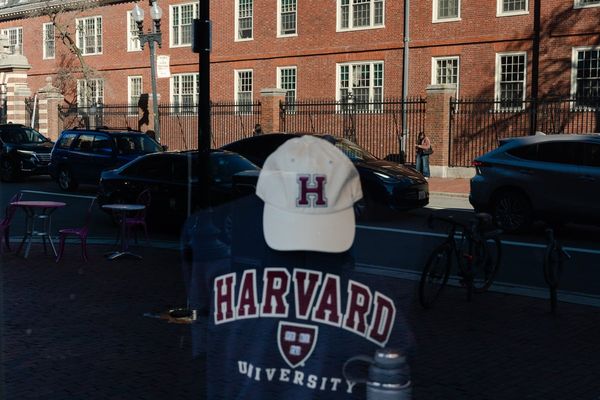
Momentous events can result from small decisions and it was Max Verstappen’s race engineer Gianpiero Lambiase, known to the world as ‘GP’, who made the call.
Lando Norris had just asked too much of his MCL39’s front axle on the approach to the Jeddah Corniche circuit’s Turn 4, sailed over the kerbs at Turn 5, and met the barrier on the exit hard enough to warrant a red flag and a medical car deployment.
Verstappen was on a new set of soft tyres which he was just ‘introducing’, ready for his own qualifying lap.
That left just eight minutes on the clock, during which Verstappen would have to complete an out-lap – and another if he wanted to do two separate runs, plus the time taken to refuel between them.
The suggestion was to keep the same set of tyres on, fuel the car for two push laps, then swap to new tyres immediately after the first one. Verstappen’s first run was good for pole position, but only by 0.001s.
Not bad for a relatively heavy car but, since the remaining McLaren of Oscar Piastri had plenty of time for another run (he was the only driver to set a time before the red flag), this was too slim a margin. Verstappen had to deliver next time, too.
He knew where he could improve: he hadn’t brought the tyres up to temperature quite right on that first run and couldn’t find the grip he wanted into Turn 1. Next time around there would be no such mistake and, after stopping for that new set of tyres, he posted a lap 0.010s faster than Piastri’s second flier.

Red Bull had tried many different set-ups across both cars during the weekend since the most straightforward way of accessing the RB21’s peak performance is through trackside adjustments, given the team’s well-documented aerodynamic correlation problems.
The car remains twitchy and unpredictable under duress, which is why running a two-lap programme proved so rewarding: the first lap acted as a dress rehearsal for the second.
Also, the Jeddah track is so fast and flowing, with so many corners, that drivers generally build towards a lap time.
“You just keep on trying to fine-tune before qualifying to find that perfect balance,” explained Verstappen in the post-qualifying press conference.
“We tried a lot of set-up directions again this weekend, and I think we chose the right one going into qualifying.
“And then basically just fine-tuning all the way through that. We are learning, we are trying to understand our car a lot better because it really has been a bit more hit-and-miss than we would have liked, so far this year.
“It’s a positive that we did get it right here. And then with the crash, I think the only thing it then meant was that you had to change your approach. And I wasn't entirely sure what to do.
“And GP said, ‘Let's fuel it for two laps'. So you do the first lap on that used out-lap tyre, and then you pit and you go onto the new one. Of course, naturally, you carry a bit more fuel, so you're a bit slower in the first time.

“I think it was the right call. At the end, that was definitely the right thing to do for me, at least in terms of the feeling I had with the car and building up to the limit.”
Interestingly, McLaren assessed the two-lap option and rejected it. For McLaren it made less sense anyway, since Piastri had already posted a time which was reasonably competitive, though unlikely to stand as the fastest.
“We spoke about it, yes, but decided against it,” said Piastri. “I had a lap on the board, I obviously didn't need to put another one on there.
“And it [the time remaining] was going to be extremely tight. As Max said, he had to fuel for the whole run. So that first lap on used tyres with a bit more fuel, you're kind of weighing up how much you're learning and how much actually is it going to put you off.
“I think when you don't have a lap on the board, it's a very different scenario. But for us with a lap on the board, we've done like three or four new sets [of tyres] in a row.
“So, yeah, we decided to just go for that single lap at the end. And I think for us it was the right decision.”

Third-placed George Russell was coy about whether two laps factored into Mercedes’ thinking.
“I think the run plan Max did for two laps was a really good one and one we didn't really consider,” he said at first. “Just having that lap on the board sort of takes the pressure off – when you go into Turn 1, you've got to really send it, and you're braking at 75 metres.
“When you've got no lap on the board, it's like, I've got no bail-out here, I’m P10 if I make the smallest of mistakes.”
Pressed on the question of whether a two-lap run was ever under consideration, Russell pivoted.
“I'm sure it was discussed in the pit,” he said. “But I'm not privy to every single conversation – because I'm just driving the car at that point, and I put my trust in the team.
“But it's something we'll discuss afterwards because I think it's something, as I said, as a driver, just knowing you've only got that one lap, and especially on a track like this, you've got to be full, full commitment.”







